Diastasis Recti Before And After
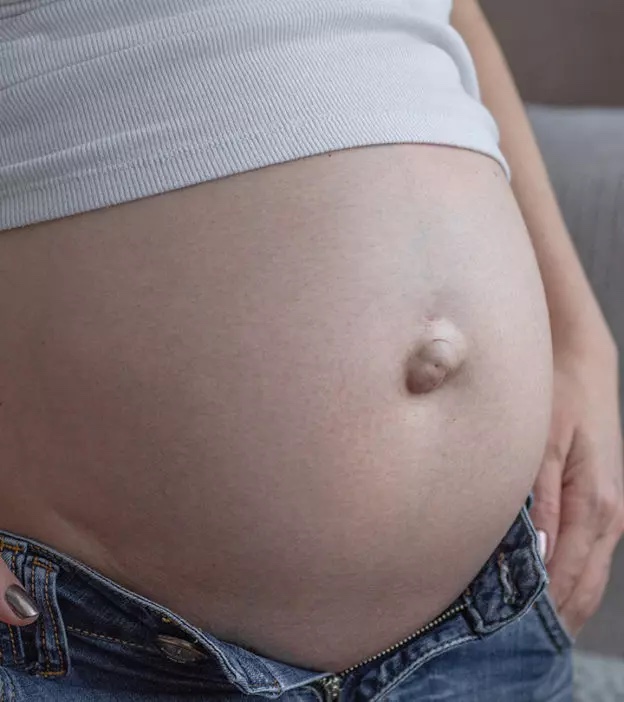
Non-Surgical Cure for Umbilical Hernia and Diastasis
The decade of my 30s rocked my core.
Literally.
I distinctly remember at three months postpartum, the “baby weight” — the “mommy tummy,” or as I called it, “the heroic badge of honor” — lurked under my mom-uniform of a loose tank top and gym shorts.
With “two under two,” and an absence of physical and mental strength, I could not squeeze cardio into my daily life. Instead, I changed my diet and added an extra street or two on my morning stroller walk to see if that combination would help.
It didn’t.
About six months postpartum, I noticed the aches in my lower back, constipation, and the occasional urine leak from a small hiccup or cough remained. I brushed all these symptoms away because my body had just been to hell and back. I mainly blamed it on the two cesareans that sliced through my abdominals.
As time went on, the subtle lingering physical pain began to overshadow the joys of motherhood. I requested a gynecologist exam, convinced something was wrong from the cesareans.
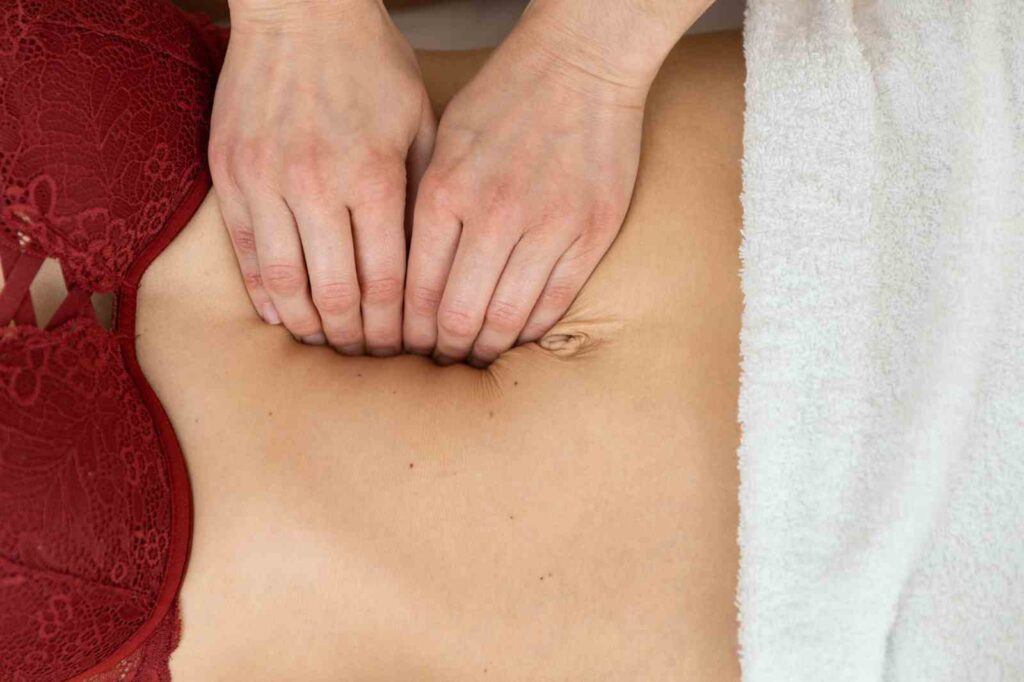
“Four fingers. That’s a 4 cm abdominal gap,” the gynecologist said with her hands on my abdomen skin as I laid on the bed in the stuffy examination room.
I was diagnosed with Diastasis Recti.
Unsure if that was a compliment or not, my awkward but always polite self said, “thank you.”
“Now, for the real concerning news,” the gynecologist then said. “I can feel an umbilical hernia tear. Let’s get you scheduled with a gastroenterologist,” she replied.
Disappointed and confused, I got to research. I learned the official medical terminology of the “mommy pooch” is diastasis recti. “Diastasis” means separation and “recti” refers to the “rectus abdominis” ab muscles. This condition occurs when pregnancy puts so much pressure on the belly that the abdominal muscles separate and fail to close back together naturally, resulting in bloating and core weakness, despite cardio and proper diet.
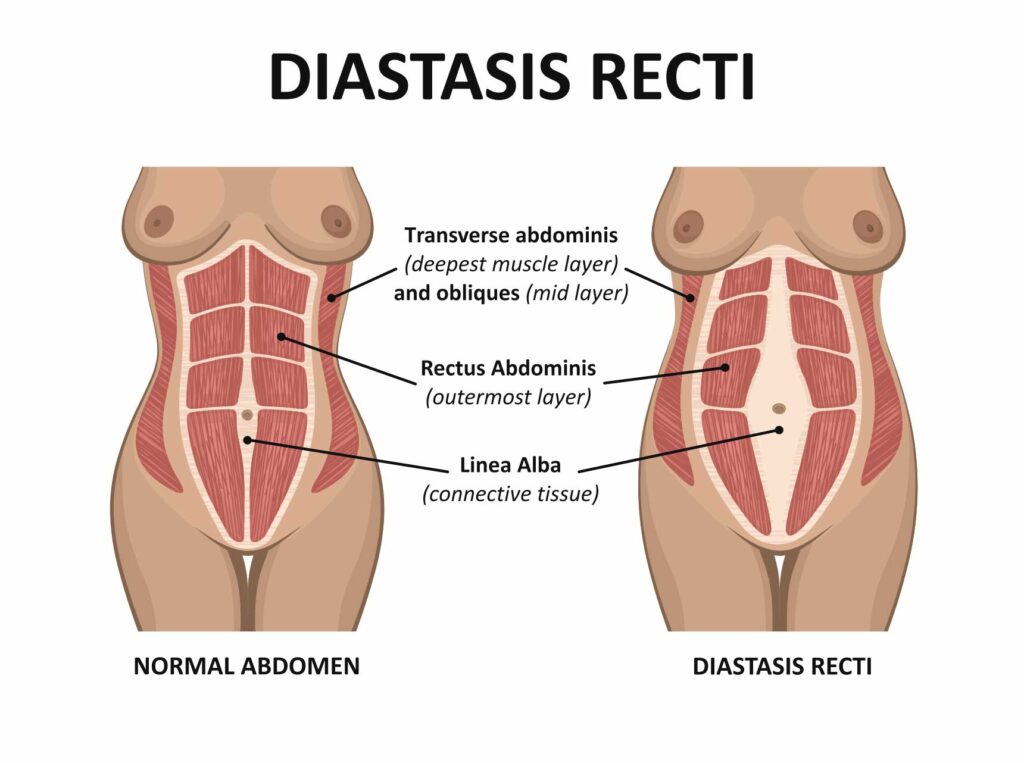
Besides the cosmetics concern, diastasis is the undiagnosed culprit for a variety of complications that impact women post-pregnancy such as constipation, urinary incontinence, prolapse, and lower back pain. It also can be the cause of pelvic pain, including pain during sex.
Diastasis occurs in almost half of all women after childbirth. For many moms, ab separation resolves itself within the first few months postpartum. However, 33% of women (and 39% of women over 35) continue to experience diastasis recti even at 12 months postpartum, according to the National Institute of Health (2021).
If diastasis is left untreated, it can lead to more serious complications like chronic lower back pain with reduced mobility, pelvic floor dysfunction, and umbilical hernia.
Umbilical hernia is considered a severe complication of Diastasis Recti.
Umbilical hernia is a protrusion of abdominal tissue through a weak spot near the diastasis. What used to be an innie is now very much an outtie. This can lead to more serious complications, like bowel obstruction. It’s actually quite common in newborns as well.
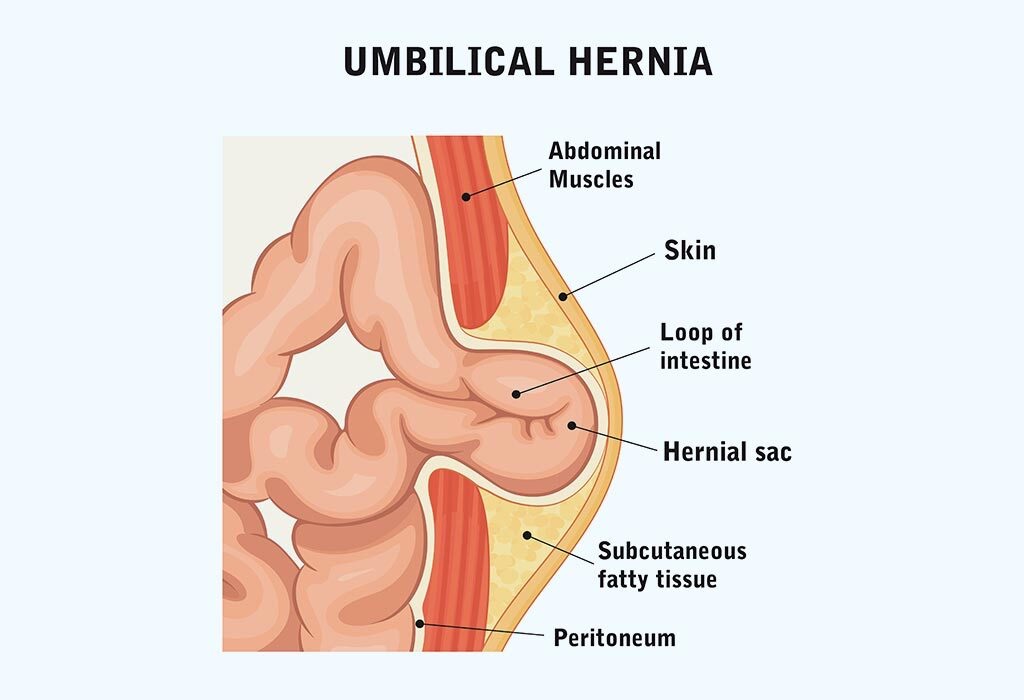
Abdominoplasty and Diastasis Recti Surgery
During the GI pre-op appointment for a hernia repair surgery, I learned I needed an abdominoplasty (infamously called the “tummy tuck”) before my insurance would approve the hernia repair surgery. Without it, my muscles that detached from the abdominal wall would continue to place pressure on the connective tissue tears where the hernia is. Therefore, applying mesh in a hernia repair would likely fail.
The lingering curiosity of a third child creeped into my throat. “Would a future pregnancy damage the hernia repair?” With the answer of maybe, I left that pre-op appointment in a “surgery TBD status.”
On my way out the door from the pre-op appointment, flustered, confused… I heard it.
“For what it’s worth,” my GI surgeon called out, “I heard this captivating segment on NPR this morning about curing the “Mummy Tummy.”
With the thought of surgery looming in the distance, I was all ears. I tuned in to the NPR segment in reference, “Flattening The ‘Mummy Tummy’ With 1 Exercise, 10 Minutes A Day,” on the way home.
Turns out, that segment was everything.
It featured Leah Keller, CEO of Every Mother, who developed a daily exercise program tailored to address core and pelvic floor needs at any stage of life. She noted that some exercises (like crossover crunches) can exacerbate diastasis recti and cause complications such as hernia. She concluded the NPR interview sharing that by following her exercise app for just “ten minutes a day,” you could cure your diastasis in 12 weeks… at home with minimal effort and equipment.
Though a bit skeptical, I was totally intrigued.
Once home, I downloaded the app, took the Every Mother Quiz and dove right in. I selected my exercise path, entered in the required measurements, dusted off my dumbbells, ordered a resistance band and got to work that very night. See also: Best At-Home Workout Equipment
Here’s a synopsis of my journey:
Diastasis Recti Before And After Without Surgery
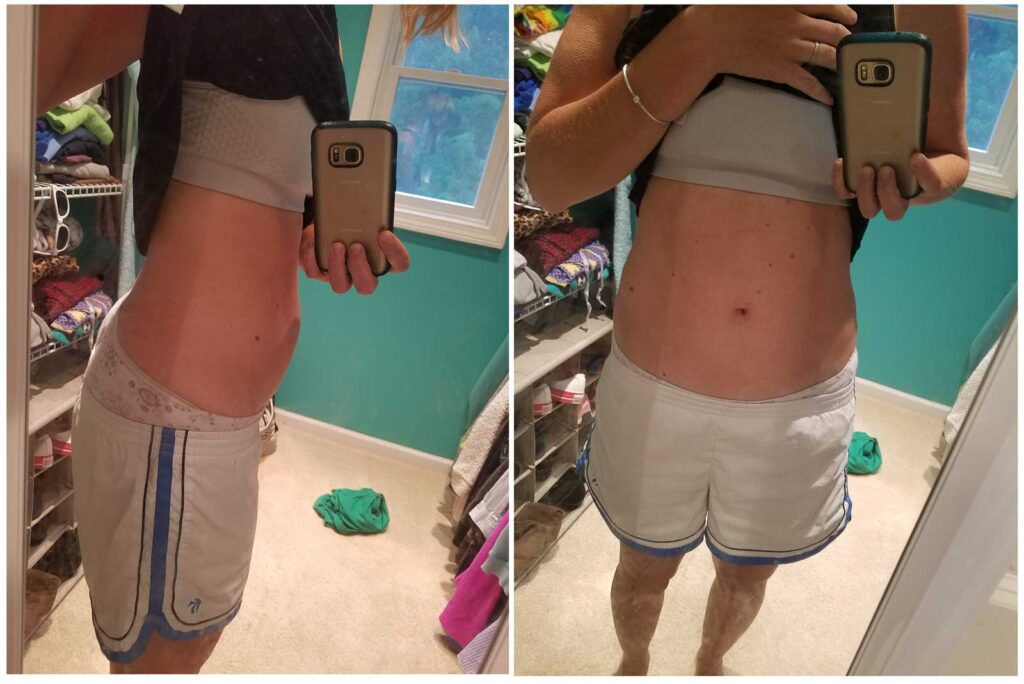
Weeks 1-2: I really appreciated the knowledge and instruction from Leah on how to complete these workouts safely. Exercises like crunches and many common yoga poses damage the core, so there is a learning curve in how to engage the deep transverse abdominus – a muscle I never even knew existed. It was like having my own physical therapist. See also: Pelvic Floor Therapy.
Learning how to heal my diastasis recti through exercise
I would put my children to bed and immediately head to the bedroom to complete the 8-10 breathing workouts. I must admit, I wasn’t sure if I was engaging the core correctly, but each morning, I would feel the soreness of a workout.
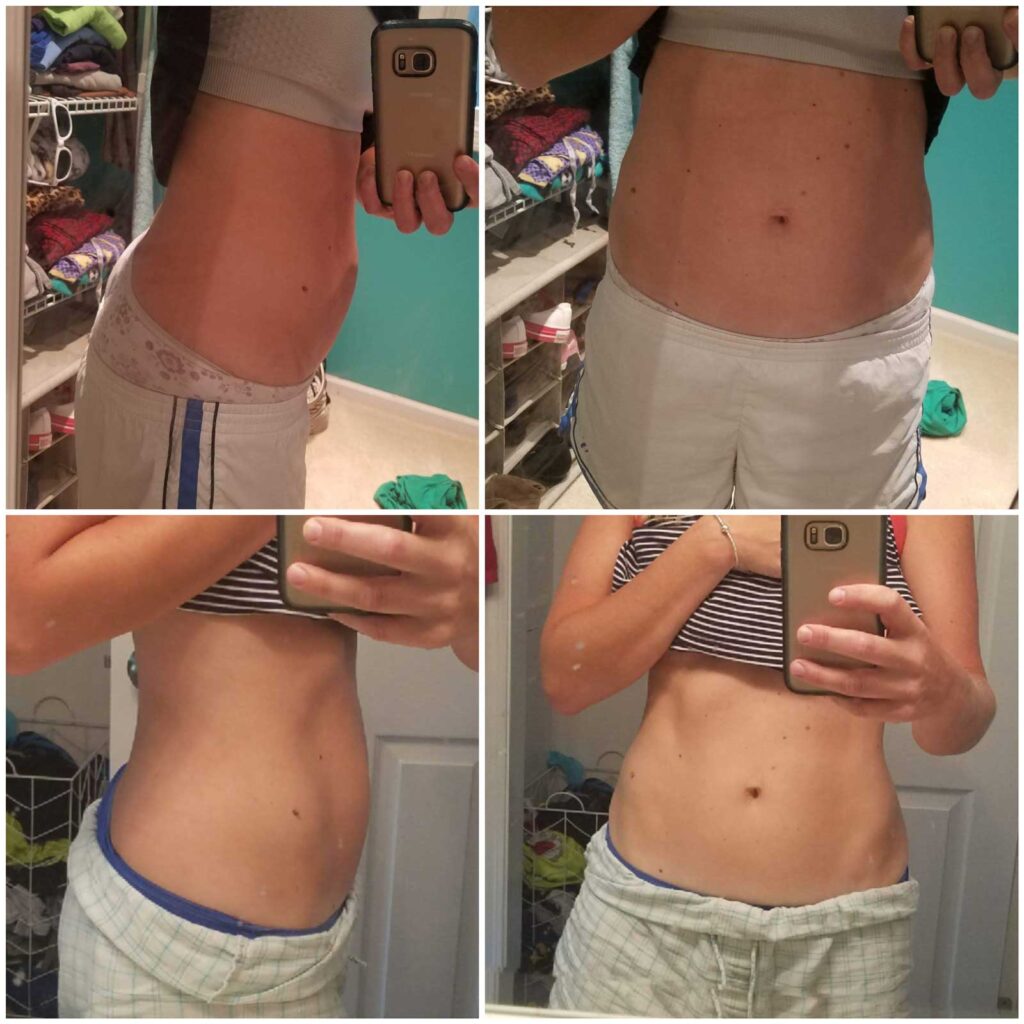
Week 3: here is where I experienced a turning point. After 21 days, the app requests a measurement check. I had lost inches from my waist, and it was then I learned my diastasis had already shrunk by 2 cm, and the soreness from the workouts decreased each morning.
I could tell my core was stronger, I was more intentional on my breathing, and I also felt more balanced and energized throughout the day.
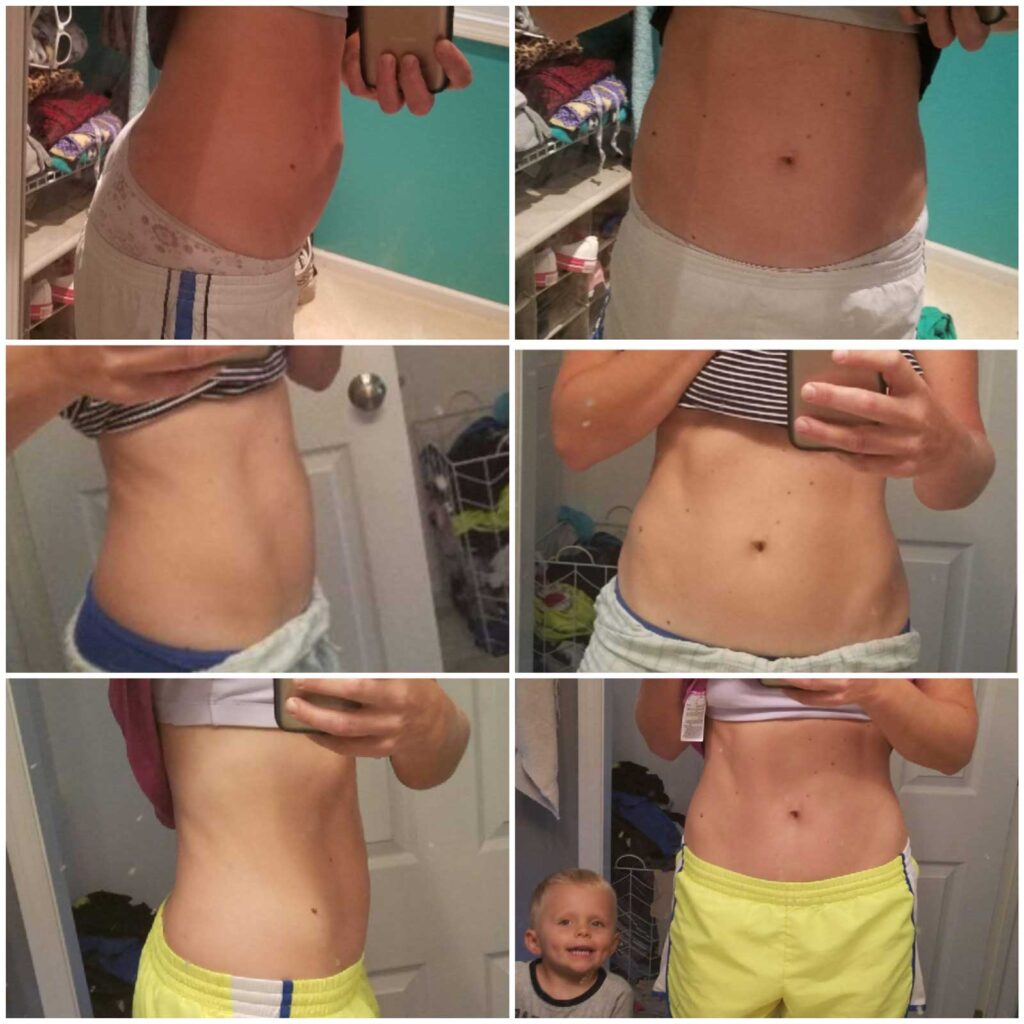
Weeks 4-5: at this point, I was hooked. I began to add the suggested workouts to the core breathing. I looked forward to the workout and loved how great I was feeling. I would even do two minutes of core compression breathing while in the shower, at a red light, while waiting in line. I knew, with full confidence, that the gap was closing. Additionally, I no longer experienced back pain, I had less incontinence, and no more pee drips from an unexpected sneeze!
By day 62, I officially closed my diastasis recti. That’s less than 3 months.
Without a tummy tuck.
Without investing hundreds of dollars and hours with a personal trainer and at a gym.
Without the concern that the detached abdominal muscles would further injure the hernia and cause a block of blood supply.
But then came the true test…
Another Pregnancy
Months later, I became pregnant with my third. I went into the Every Mother app and switched the workout path to “pregnancy,” which tweaked my routine with a goal to minimize injury. This adjusted plan prevented excessive strain against the linea alba, which is where strength comes for labor. I had a healthy pregnancy, less back pain, and an easier recovery; and I delivered my daughter in the heart of COVID, April 2020.
I will never forget my gynecologist checking, double-checking, and triple-checking the charts during my 8-week postpartum visit. She was baffled to discover I had closed my diastasis, and that it remained closed after a subsequent pregnancy.
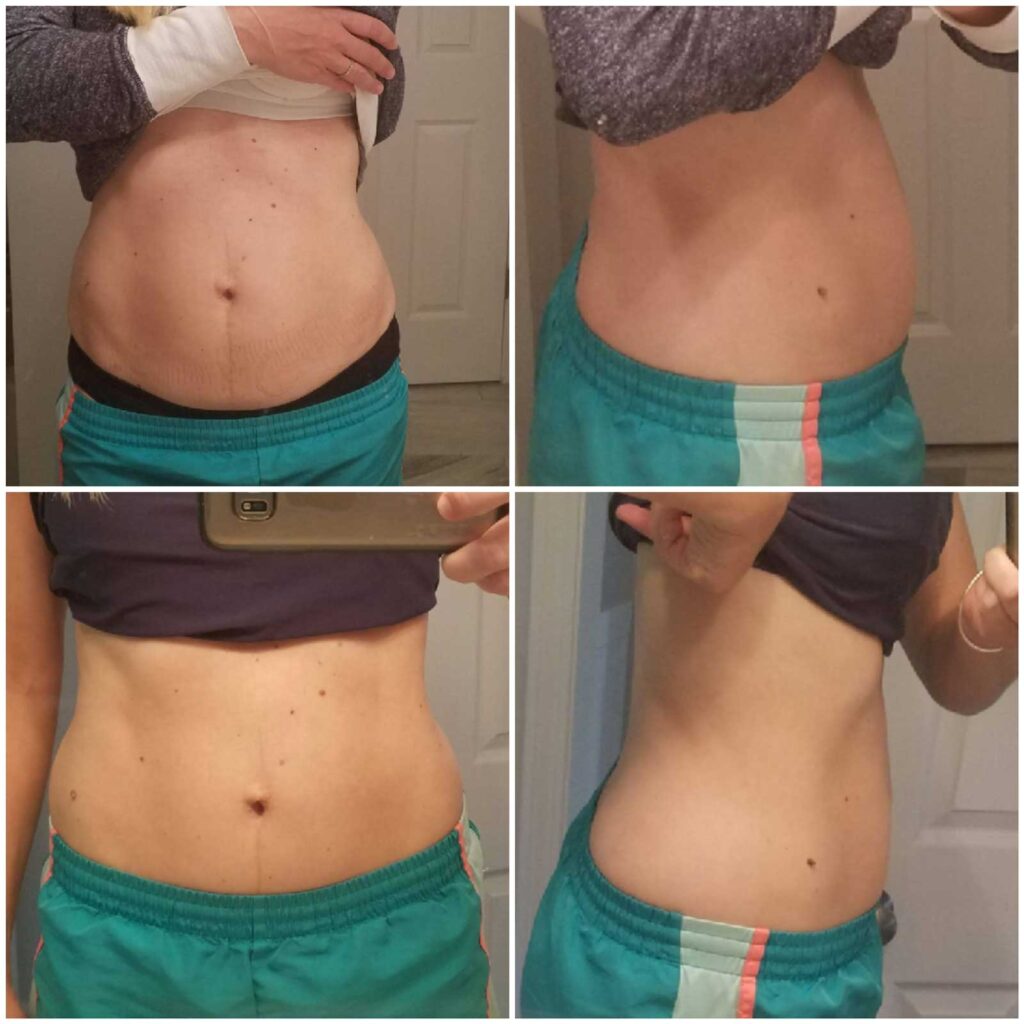
Since my success story, my OBGYN practice has recommended Every Mother to all their patients no matter their current status of childbirth.
Interview with Every Mother CEO
I was fortunate to conduct an interview with CEO Leah Keller and celebrate the impact she is making in the lives of many women.
“Your story is a message of hope for other women,” she began our conversation.
Our conversation continued with her detailing the “tremendous clinical validation” her program has had through peer reviewed journals and studies with Hospital for Special Surgery. She even outlined a pilot study of 63 women in 2014 in which 100% fully resolved their DR in 11.25 weeks.
“We are all vulnerable and can all benefit from learning healthy ways to relax, lengthen, and strengthen core muscles,” she said. “Most women find us when ‘reactive’ to a variety of problems that need to be fixed. In fact, 80% find us after having babies and are symptomatic.”
As Keller suggests, and I whole-heartedly agree, “just start. You need minutes a day – not hours. It’s one baby step at a time. One day at a time. Any step forward is progress. Your body is resilient. Your body wants to get better. It starts with awareness. Everyone deserves affordable access to this information and to know how our body works.”
“Is it ever too late to start?” I asked as our conversation came to a close.
“Recently, we had an 82 year old woman close her diastasis,” Keller celebrated.
This program has become an integral part of my life. It was not just a temporary means to cure my diastasis and umbilical hernia; it’s a way of staying healthy, both physically and mentally. The exercises have taught me to be mindful of my body’s needs and have given me the strength to tackle any challenge that comes my way.
I’m so grateful for this program, it became my mission to share the common warning signs of this diagnosis to proactively treat and prevent complications. I’ve become an evangelist for this program and am thrilled to share it with anyone in the same boat. I make a small commission when you purchase the program, but I stand by it 100%. Plans start at $9.95 per month. No need for a personal trainer!
You can find Krissy on Mother Compass, where she shows SAHMs and teachers how to earn passive income online.